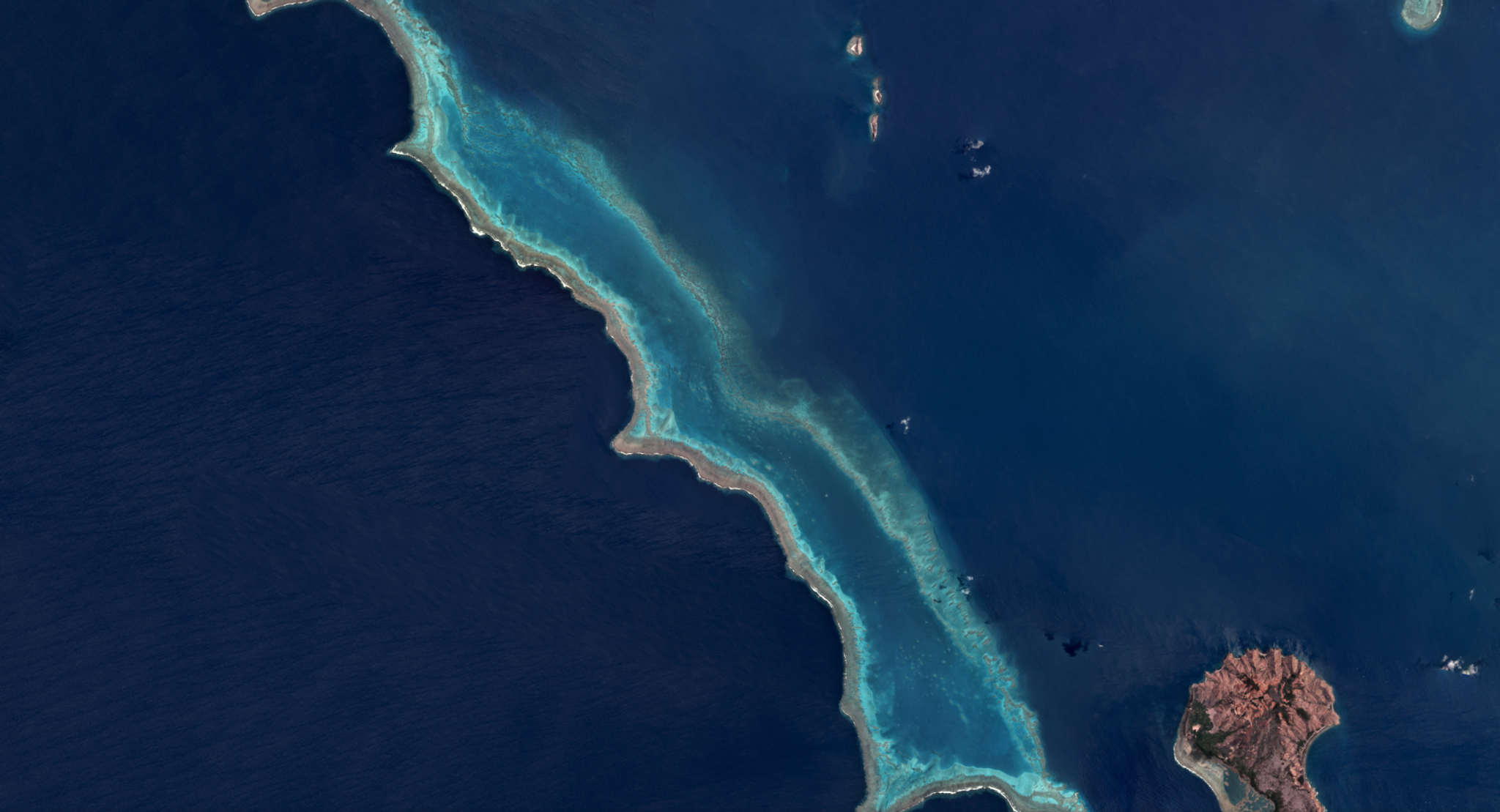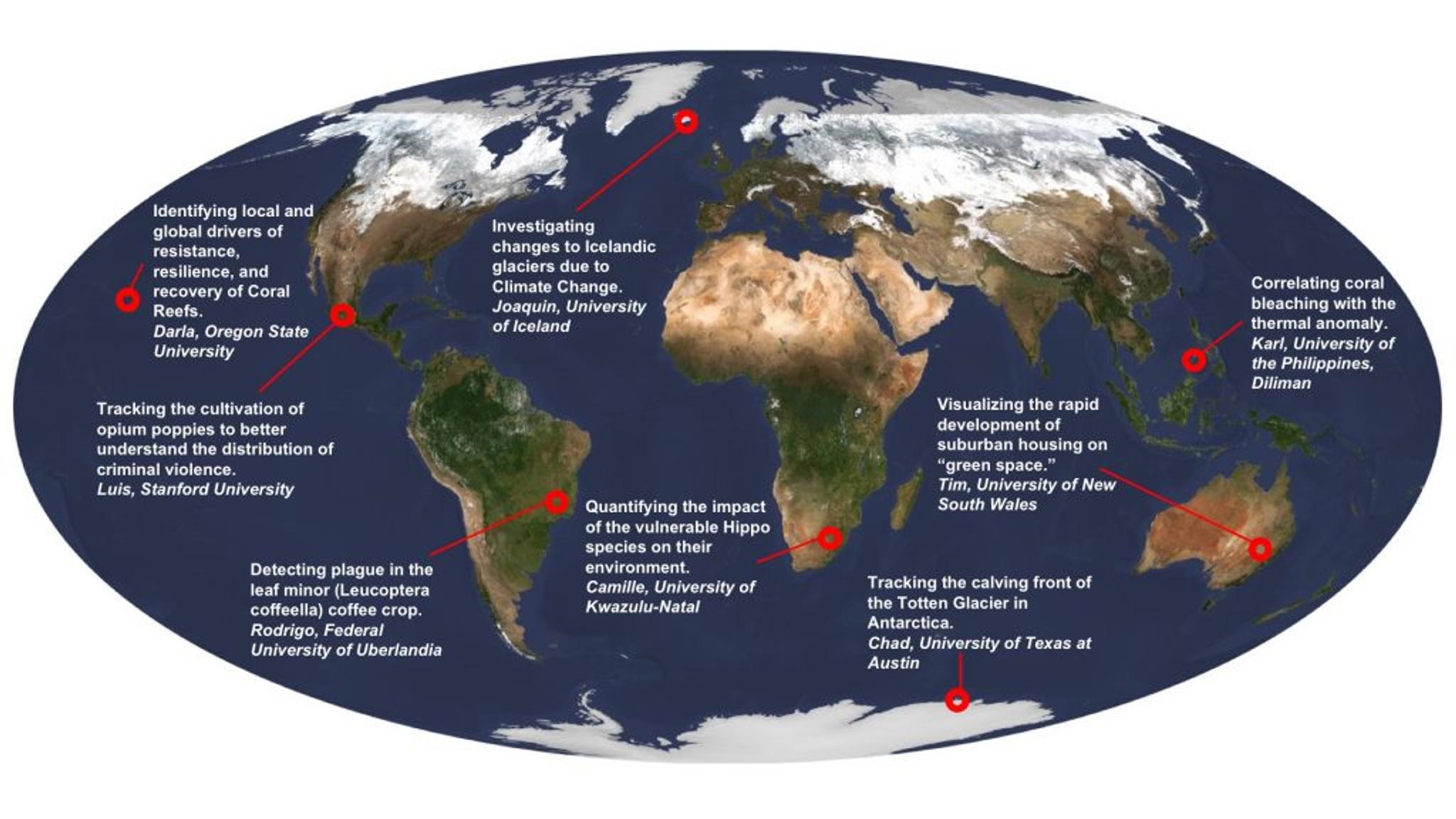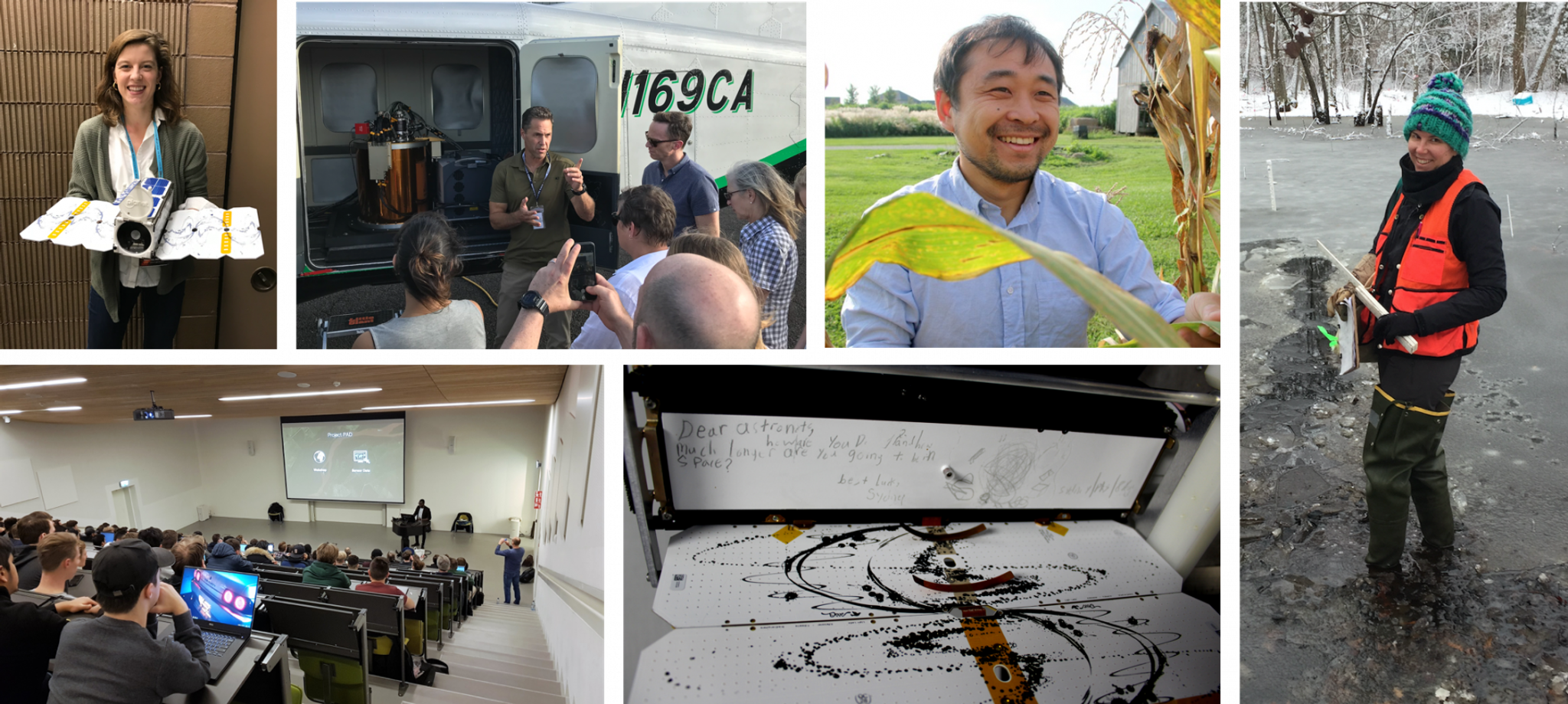On Earth Day, More Eyes on Our Planet

A portion of the reef surrounding New Caledonia, from Planet’s October—December 2017 Basemap © 2017, Planet Labs Inc. All Rights Reserved.
StoriesIn 1969, a well blew out off the coast of Santa Barbara, California. Miles of beaches, filled with animal and human life covered in oily sludge, captivated public interest and galvanized the local community to take action. One year later, in part through the efforts of the Santa Barbara community, we celebrated the first Earth Day. A light was cast on a single environmental catastrophe, bringing into focus our responsibility as stewards of the planet. Today, we have more eyes watching the planet than ever before. The dredging of coral reefs in the remote South China Sea, the conversion of Peruvian jungle to oil palm plantations, and the collapse of alpine glaciers—all can be seen in near real-time. [caption id="attachment_139234" align="aligncenter" width="1024"]



Ready to Get Started
Connect with a member of our Sales team. We'll help you find the right products and pricing for your needs

